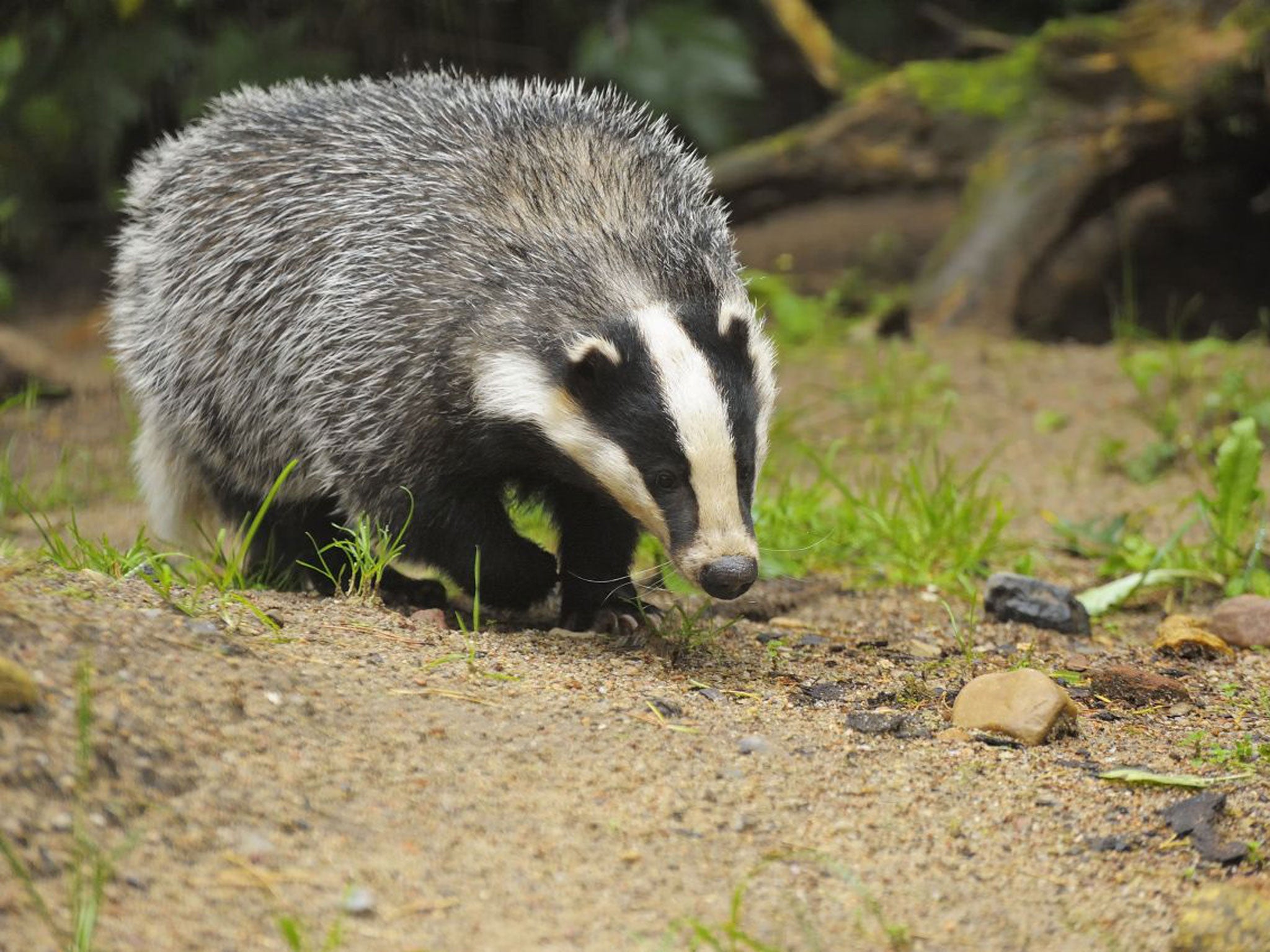Case for the badger cull called into question as new figures show huge decline in bovine TB

Your support helps us to tell the story
From reproductive rights to climate change to Big Tech, The Independent is on the ground when the story is developing. Whether it's investigating the financials of Elon Musk's pro-Trump PAC or producing our latest documentary, 'The A Word', which shines a light on the American women fighting for reproductive rights, we know how important it is to parse out the facts from the messaging.
At such a critical moment in US history, we need reporters on the ground. Your donation allows us to keep sending journalists to speak to both sides of the story.
The Independent is trusted by Americans across the entire political spectrum. And unlike many other quality news outlets, we choose not to lock Americans out of our reporting and analysis with paywalls. We believe quality journalism should be available to everyone, paid for by those who can afford it.
Your support makes all the difference.The case for the controversial badger cull has been undermined by new figures which reveal a significant decline in the number cattle infected by bovine tuberculosis last year.
The number of cows slaughtered because they had TB, or were thought likely to have contracted the disease, tumbled by 14 per cent to 32,620 in 2013, the Department for Environment, Food and Rural Affairs (Defra) said today.
Furthermore, the rate at which the disease is spreading also declined last year, with the number of new herds registered as containing at least one cow with the disease fell by seven per cent to 5,153.
The figures intensified calls on the government to abandon its highly controversial cull which aims to reduce TB among cattle by dramatically reducing the population of badgers, which most scientists agree help to spread the disease.
Two pilot culls held in Somerset and Gloucestershire last Autumn fell short of their targets in terms of humaneness and the number of badgers killed and the government is now considering whether to extend the culls across the country.
Opponents of the cull argue that a full-blown badger cull would make the problem worse, as fleeing badgers take their disease to new areas and infected animals come in to fill the void.
The effectiveness of the cull notwithstanding, opponents said the new data undermined the case for rolling out the programme further because it was far too early for the trials to have had any influence on TB rates.
This means alternative measures for curbing TB – such as restrictions on cattle movement, a tougher testing regime and tighter biosecurity – were starting to have an effect on disease levels, reducing any need for a badger cull, they said.
“This is good news. We wouldn’t expect to see any benefit from the cull for quite some time so I am cautiously very optimistic that these figures could show the start of a decline in bovine TB that is likely to be related to what the government is doing in other areas,” said Professor Rosie Woodroffe of the Zoological Society of London, who worked on a 10-year study of badger culling and is against the government’s culling proposals.
Wendy Higgins, of the Humane Society International-UK, said: "We welcome these new bovine TB figures as further evidence that shooting badgers is totally unnecessary to tackle this disease. The number of cattle slaughtered due to bovine TB and the number of new herd incidents, both fell last year before even a single badger was shot as part of the government's doomed cull.”
“Government measures to improve farm biosecurity and restrict cattle movements are having a positive impact because they are effective, science-led and practical ways to take action,” she added.
Farming Minister George Eustice said the incidence rate – the proportion of previously TB-free herds found to be infected with new incidences of the disease – remained above the “unacceptably high” level of fourper cent, falling from 4.8 per cent in 2012 to 4.5 per cent last year.
“Our efforts to control bovine TB have kept outbreaks steady over the last 10 years, but we are still nowhere near an acceptable position. Almost 90 cattle are being slaughtered each day due to bovine TB and we cannot allow that to continue,” he said.
“Today’s figures are another reminder that we need to do all in our power to bear down on a disease that is costing taxpayers millions each year and taking a terrible economic and emotional toll on our farmers,” Mr Eustice added.
Tomorrow, MPs will debate the future of the badger cull in a cross-party debate before taking a vote on whether to proceed.
Join our commenting forum
Join thought-provoking conversations, follow other Independent readers and see their replies
Comments